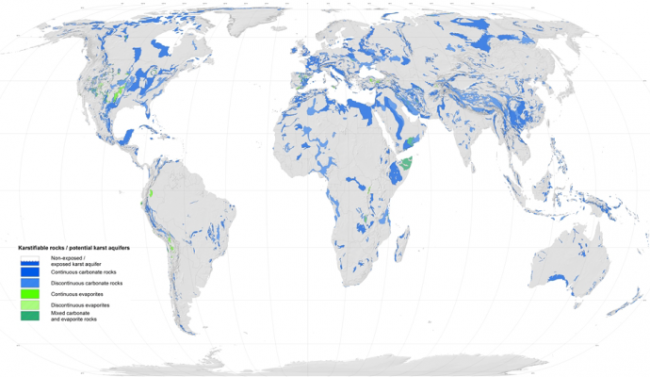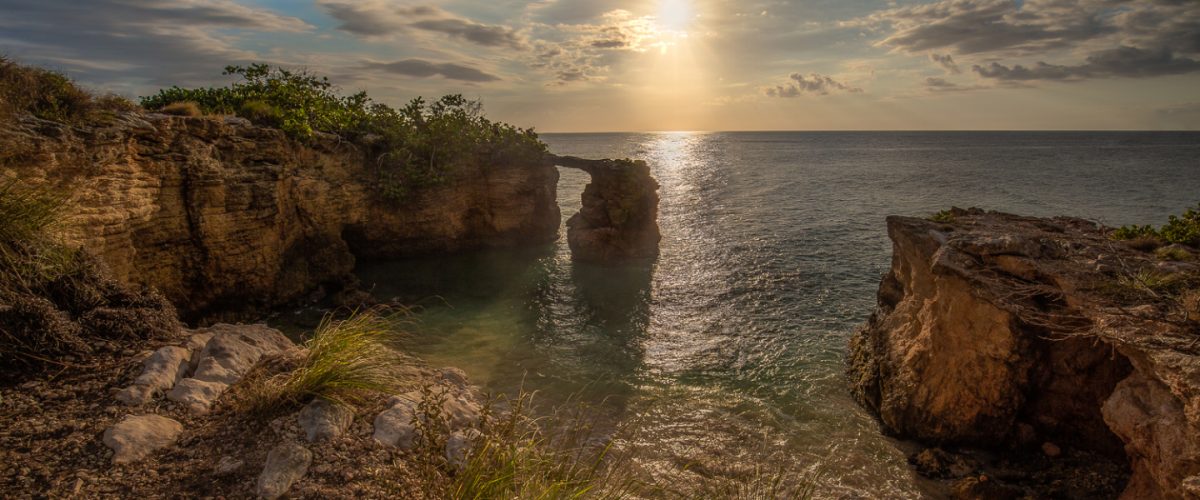Karso Limestone Crag
Limestone rock was formed millions of years ago when sediments from the skeletons of marine organisms or large lakes were deposited on the shallow bottom and solidified. Later tectonic movements raised this limestone rock to the surface and exposed it to weathering and the corrosive action of rain.
Karst formations are commonly associated with sedimentary carbonate rocks (such as limestone or dolomite), but the dissolution process can also be observed in gypsum and salt rocks, among others. The geology of the world’s karst regions is mainly characterized by limestone.
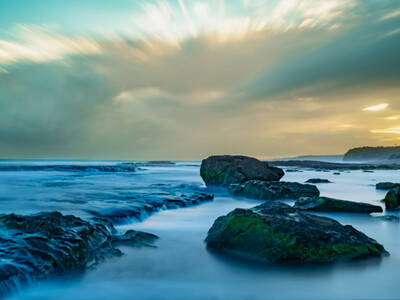
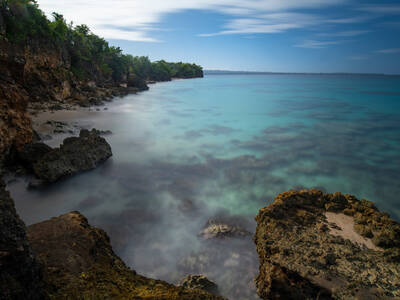
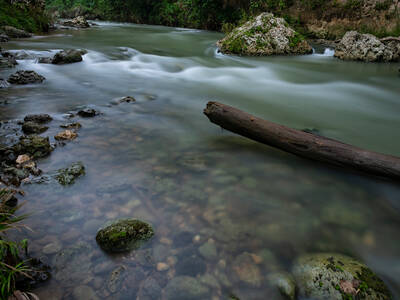
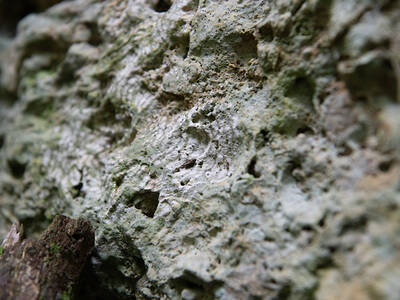
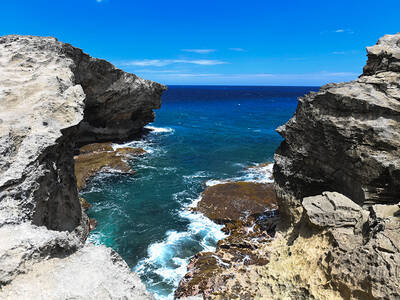
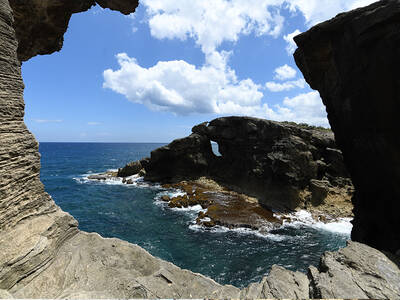
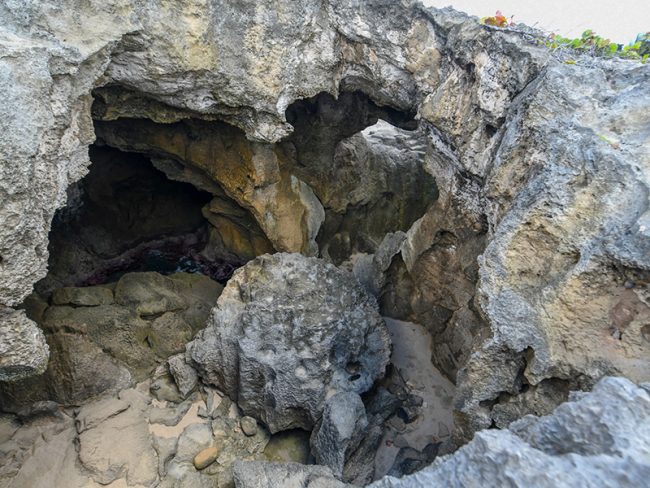
Karst is formed through a process of chemical erosion or dissolution of limestone rock, which creates a complex landscape that may contain sharp rock or karren (called dogtooth), dolines (called sinkholes in Puerto Rico), hummocks, enclosed valleys, caves and aquifers. In a hydrological map we can observe the absence of surface water flows, because most of the rainwater infiltrates into the subsoil creating subway rivers and aquifers. These natural features are called karso. Its topographic features are extremely different from the rest of the mountainous topography of the island of Puerto Rico.
The term karst describes a landscape or topographic formation produced by chemical and physical processes by which water dissolves rocky soil.
This process of chemical erosion or dissolution of the limestone rock creates a landscape composed of dolines (called sinkholes in Puerto Rico), hummocks, closed valleys, karren, caves and aquifers and the absence of surface water currents, among other features, which is called karso. Its topographic features are extremely different from the rest of the non-karst topography.
Therefore, the development of all karst formations requires: (1) the presence of rocks that can be dissolved by water and (2) slightly acidic waters capable of dissolving and corroding these rocks (dissolution process).
Karso or Carso?
The word karst (German), a term accepted by the international scientific community, comes from the name of a limestone plateau known as Kras, located in Slovenia and extending partially into Italy (where it is called karst). In Slovenia (part of the Austro-Hungarian Empire) the first scientific study of this topography was made in the 19th century.
The name is of Indo-European origin from karra, meaning stone, and from the Latin word carusardius. Since then, all places that present similar features to this zone are scientifically identified as karst areas. The terms karst, karso and karso are accepted as synonyms.
Karso in Puerto Rico
The limestone rock region of Puerto Rico covers approximately 244,285 hectares, 27.5% of the island’s surface, and is subdivided into the Northern Limestone Zone, the Southern Limestone Zone and the Dispersed Limestone Zone. All limestone zones have karst characteristics. The following map shows the different limestone zones of Puerto Rico according to Monroe (1976). This map does not include the adjacent islands of Mona, Monito, Caja de Muertos and Vieques, which also have limestone formations.
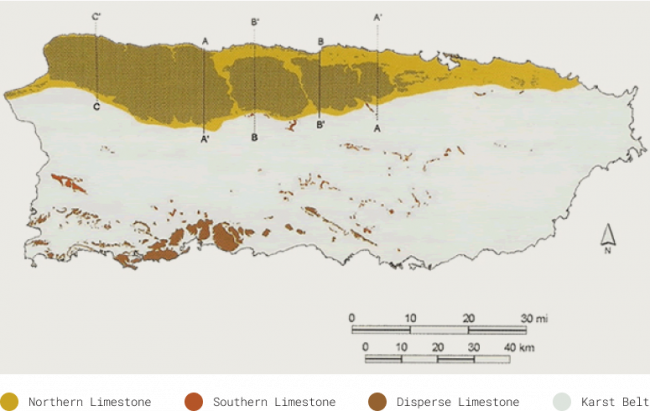
The largest and most extensive limestone zone in Puerto Rico is the Northern limestone zone, between the municipalities of Aguada and Loíza. This zone covers 90% of the limestone region of Puerto Rico. In addition, it has the most significant dissolution and corrosion processes on the island. The southern karst zone extends discontinuously to the southwest from Juana Díaz to Cabo Rojo.
Here the dissolution and corrosion processes are hardly noticeable. There are also karst outcrops scattered throughout the volcanic mountainous region in the center of the island, including several municipalities such as Aguas Buenas, Cayey, Comerío, Barranquitas, Las Marías and San Germán, among others. These outcrops are the oldest in Puerto Rico, as they were exposed to the elements at the same time that areas of the Cordillera Central began to be exposed.
The main difference between the northern limestone zone and the southern limestone zone is the climate. The northern limestone zone and much of the scattered limestone are characterized as wet and very wet life zones, while the southern limestone zone is characterized as a dry life zone. Climatic differences result in different rates of the limestone dissolution process and, therefore, in different topographic features. For example, in the southern limestone zone there are caves, but they are not very extensive, are mostly dry and do not have flowing subway rivers as in the northern limestone zone.
Download here the technical report “Karso in Puerto Rico – A Vital Resource “.
Karso in Karso in the World
Knowing about karst is important because approximately 22% of the Earth’s surface is covered by karst terrain. In addition, more than 25% of the world’s population depends on water supplied by karst areas. In the United States, 20% of the land surface is karst (see map) and 40% of drinking water comes from groundwater in karst areas.
Globally, 90% of karso is found in sedimentary carbonate rocks (composed mainly of calcium carbonate), such as limestone and dolomite. Although karst is most abundant in humid regions with temperate, tropical, alpine and even polar environments, karst terrain can also be found in arid areas.
